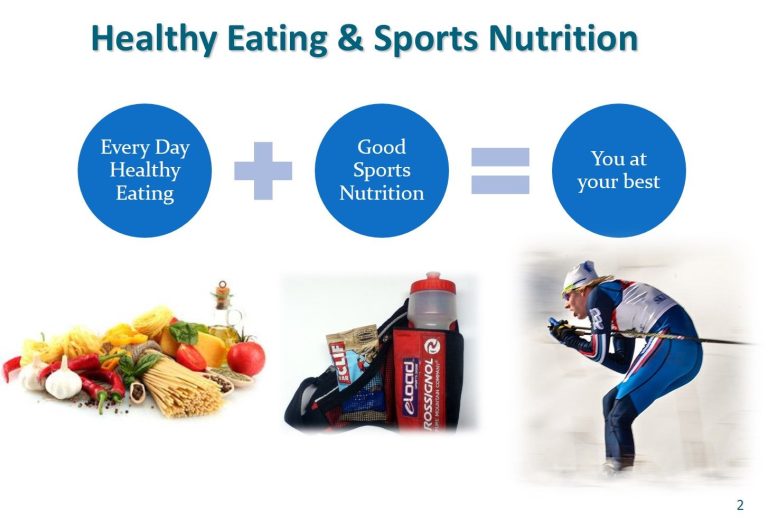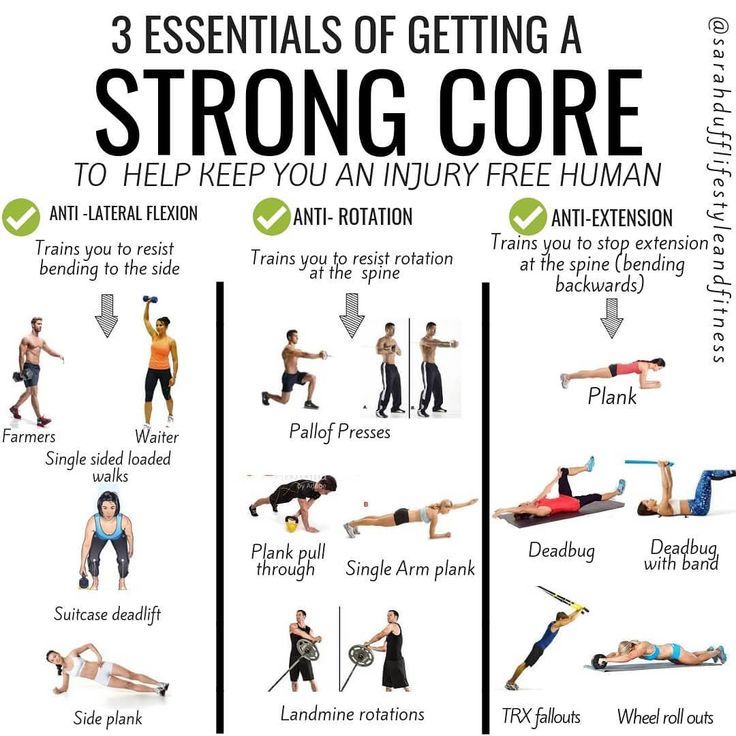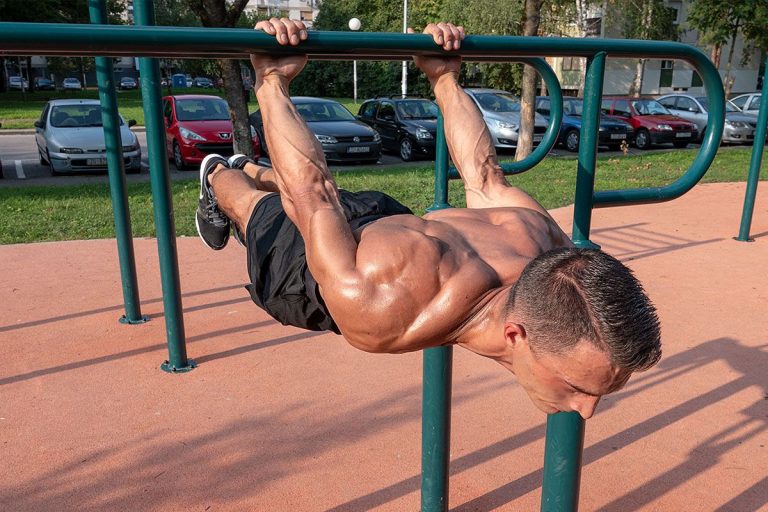In the world of fitness, two forms of exercise stand out – calisthenics and weightlifting. Both offer unique benefits and provide individuals with opportunities to enhance their strength, build muscle, and improve overall fitness levels. However, choosing between these two methods may seem challenging for those who are just starting their fitness journey or contemplating switching their workout routines. This article aims to compare calisthenics and weightlifting, helping you determine which discipline may be the best fit for your goals and preferences.
What is Calisthenics?
Calisthenics involves performing bodyweight exercises. These exercises utilize your own body as resistance. Push-ups, squats, planks, pull-ups, and lunges are all examples of calisthenics exercises. This form of workout focuses on improving strength, flexibility, and endurance without the need for any weights or equipment.
Benefits of Calisthenics
Calisthenics offers several advantages over weightlifting:
Convenience: Calisthenics requires minimal or no equipment, making it ideal for those who prefer to exercise at home or while traveling.
No cost: You don’t need to invest in expensive gym memberships or equipment, as your bodyweight serves as the primary resistance.
Functional strength: Calisthenics exercises mimic natural movements, engaging multiple muscle groups simultaneously. This leads to improved overall strength and better coordination.
Versatility: Calisthenics allows for endless variations and modifications, enabling you to target different muscle groups and adjust the difficulty level.
What is Weightlifting?
Weightlifting involves using external weights, typically dumbbells, barbells, or machines, to perform resistance exercises. This type of training focuses on building muscle mass, strength, and power.
Benefits of Weightlifting
Weightlifting offers distinct advantages over calisthenics:
Muscle growth: Adding external weights to your exercises allows for greater resistance, leading to increased muscle size and hypertrophy.
Specific muscle targeting: Weightlifting enables you to isolate and target specific muscles or muscle groups, aiding in muscle development and addressing muscle imbalances.
Progressive overload: By gradually increasing the weight you lift, weightlifting promotes continuous muscle growth and strength gains over time.
Bone health: Weightlifting is known to support bone density and reduce the risk of osteoporosis, particularly as you age.
Which is Right for You?
The answer depends on your goals, preferences, and available resources:
If you prioritize convenience, enjoy bodyweight movements, and are looking to improve overall strength and endurance, calisthenics may be the ideal choice for you.
If your aim is to build muscle mass, increase strength, and have access to weights or a gym facility, weightlifting may be the better option.
Remember that both calisthenics and weightlifting can complement each other. Incorporating elements of both can provide a well-rounded fitness routine.
The Bottom Line
Ultimately, the decision between calisthenics and weightlifting boils down to personal preferences, goals, and available resources. Both disciplines have their unique advantages and can be tailored to suit individual needs. Remember, consistency and progressive overload are key elements in achieving desired results in any fitness regimen. So, choose the exercise form that excites you, aligns with your goals, and empowers you to embrace a healthier and fitter lifestyle.








